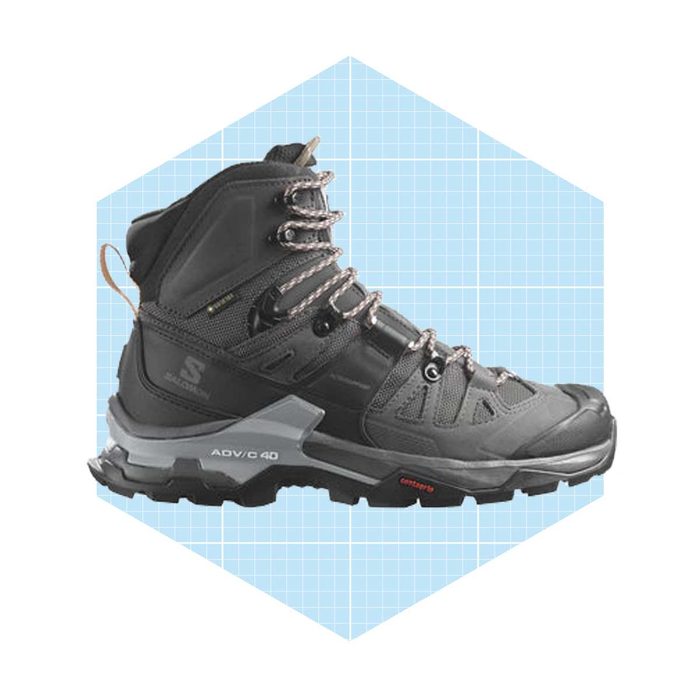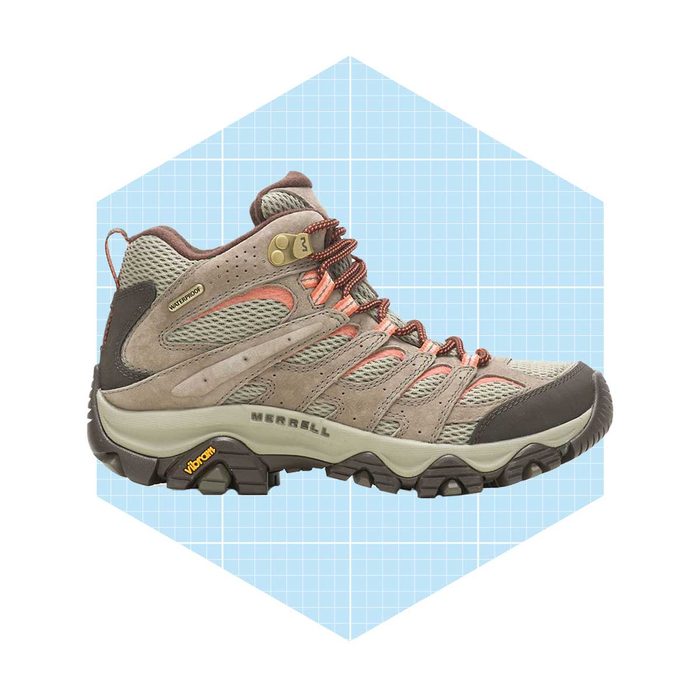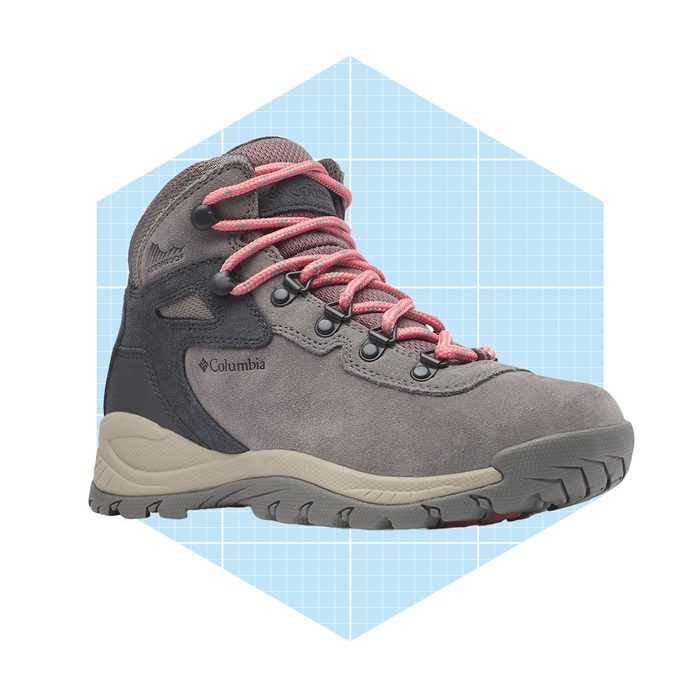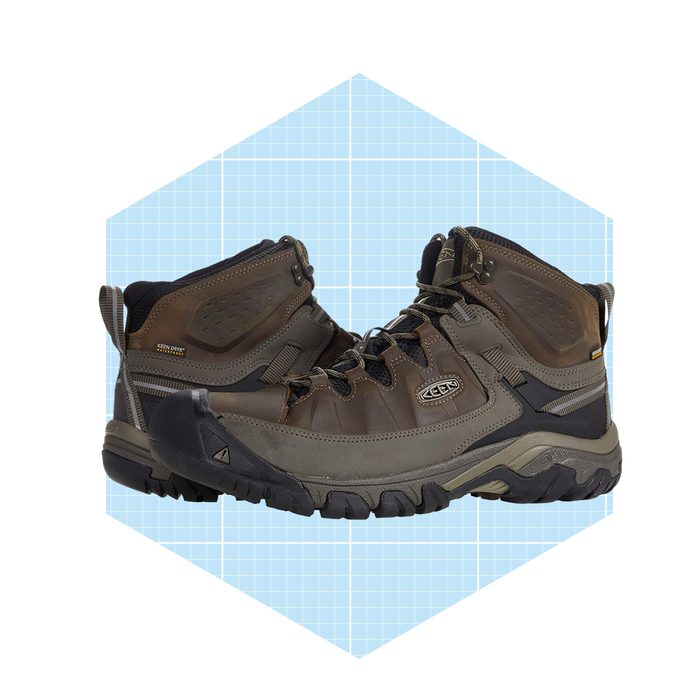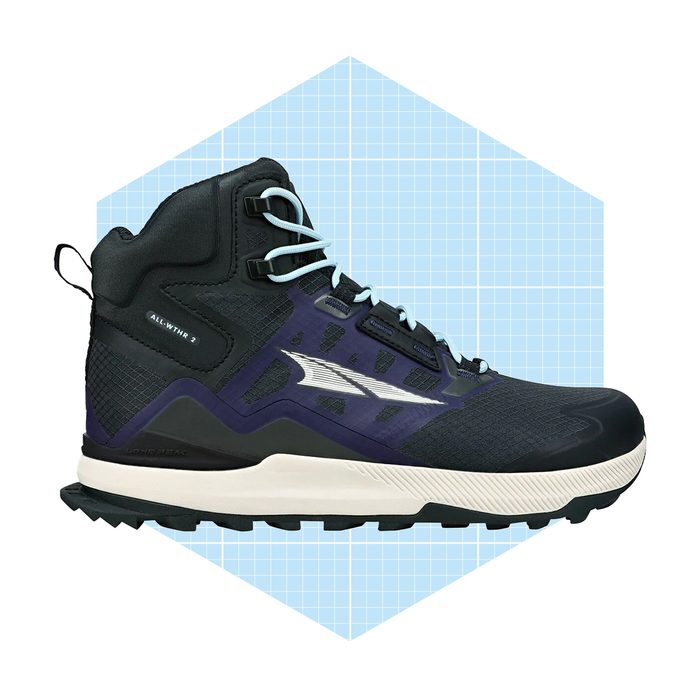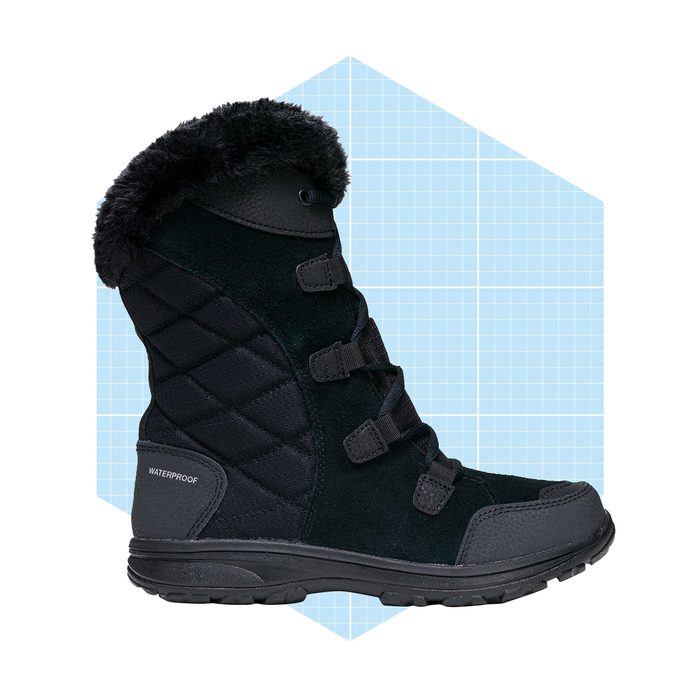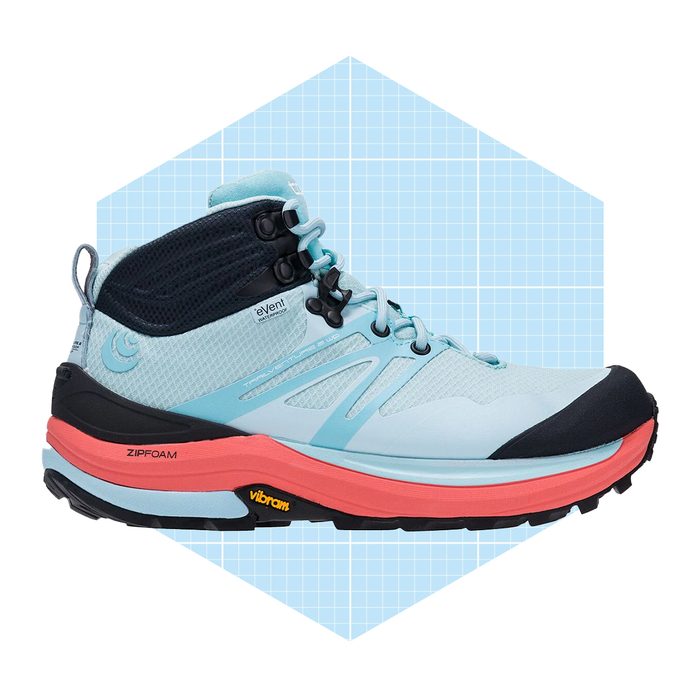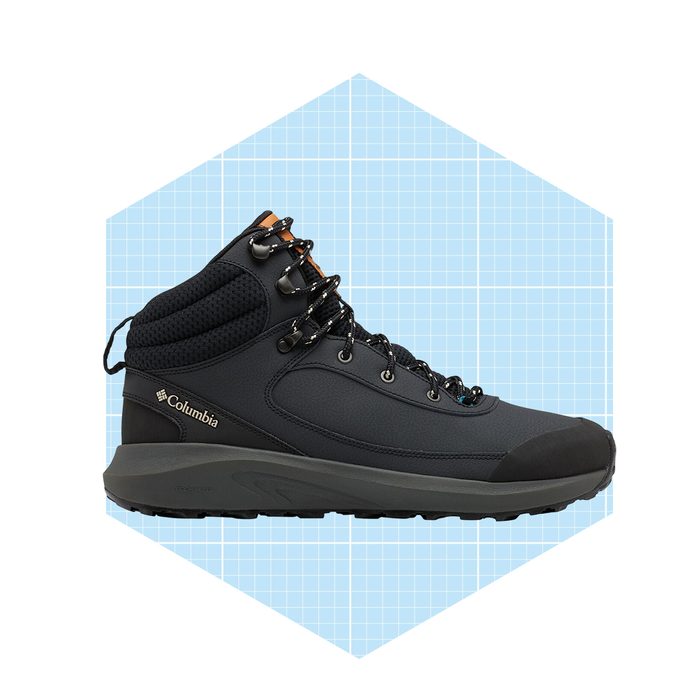Amanda Capritto for Family Handyman
Amanda Capritto for Family Handyman
Pros:
-
Wide, roomy toe box
-
Waterproof
-
Fantastic traction
-
Plush ankle collar
-
Reinforced toe box
Cons:
-
Zero-millimeter drop takes some getting used to
-
Not ideal for those who need a lot of arch support
This trail running shoe or hiking shoe is the same as the Altra Lone Peak mid hiking boot covered above as the best zero-drop hiking boot for women, but this version features a low-top height, making it ideal for anyone looking for more of a shoe than a boot.
The low-top version features all of the same things I love about the mid-top version: wildly effective underfoot traction, a reinforced toe box, waterproofness, a super roomy toe box and a plush EVA midsole for shock absorption. Altra Lone Peaks are loved by many, and it’s clear to see why: They are comfortable, effective and durable. I’ve taken my low-tops on trail runs on varying terrain and they haven’t let me down.
My one callout is that these are a zero-drop shoe, meaning your heel and toes sit at the same height off of the ground. This style isn’t for everyone and it can take some getting used to, but I’m confident that most people will begin to love it quickly. That said, if you have any diagnosed foot conditions or an injury, it’s best to talk to your physical therapist before switching to zero-drop shoes.
What to Consider When Buying Hiking Boots for Women
The most important consideration when buying hiking boots is fit. It may be tempting to buy boots based on style, but don’t be fooled by cute colors and patterns. Fit comes first—always. You want a boot that allows your toes room to wiggle and splay, gently cradles your heel and doesn’t press down on the top of your foot.
Next, consider various performance aspects, such as waterproofness and traction. Waterproof, or at least water-resistant, boots are a good idea if you’ll be trekking through wet conditions. Plus, it’s a crucial element in cold weather environments where snow and ice are present. As for traction, the deeper the lugs, the more types of terrain they’ll dig into. Deep lugs are essential for slippery trail conditions.
Types of Hiking Boots for Women
Trying to decode the types of hiking boots? We have you covered:
- All-weather: can be worn in any weather conditions
- All-terrain: suitable for any type of terrain
- High: rises an inch or more above the ankle bone
- Low: sits beneath the ankle bone, like a sneaker
- Mid: rises to just above the ankle
- Waterproof: keeps water from rain, puddles and water crossings out of your boots
- Wide: designed for wider feet
- Winter: designed specifically for hiking through snow and ice
How We Found the Best Hiking Boots for Women
I’ve been an avid hiker for nearly 10 years now. I’ve hiked trails of all difficulty classes from coast to coast, and I’ve spent a lot of time (and money) trying out new hiking boots. As a gear reviewer, I take my commitment to finding quality products seriously. I don’t like wasting money and I’m sure you don’t either, so I put in a lot of effort to bring our readers quality, honest and authentic recommendations based on real-life experience. I hope my years of hiking and backpacking experience are helpful in your quest to find the best hiking boots for you.
FAQ
Is it better to have hiking boots or hiking shoes?
These two terms can be used somewhat interchangeably, but hiking shoes are more likely to be low-top models, whereas boots are typically mid- or high-top models. One isn’t inherently better than the other; it just depends on the type of terrain you’ll be hiking on and how much ankle support you need.
Should I go up a size in hiking boots?
Follow the brand’s sizing charts. If the brand recommends sizing up, or you see many customer reviews indicating you should size up, then it’s probably a wise choice. If not, stick to your usual size.





















